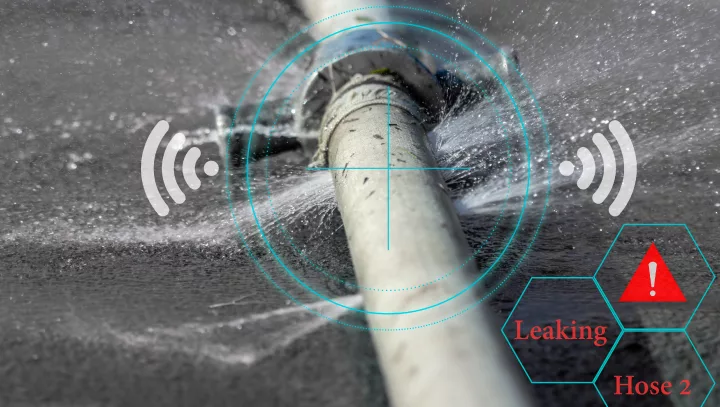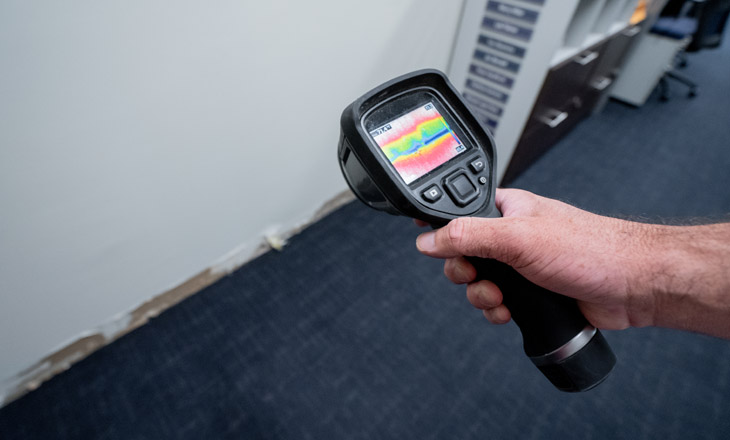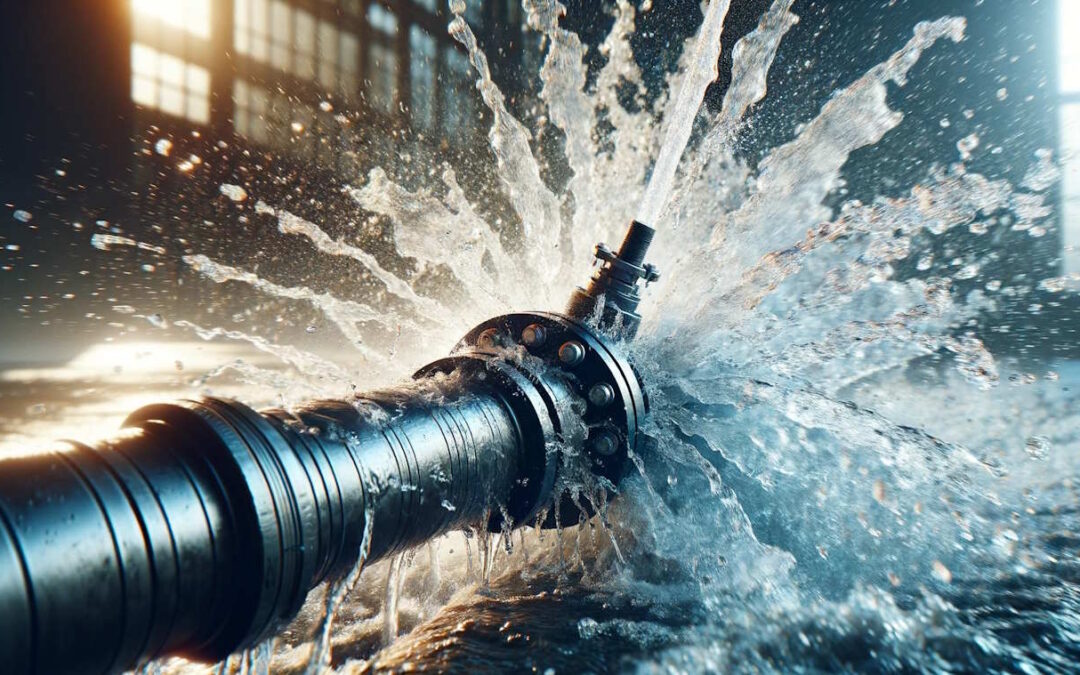Water Leak Detection: How to Determine and Repair Leaks Prior To They Cause Damages
Water Leak Detection: How to Determine and Repair Leaks Prior To They Cause Damages
Blog Article
Innovative Solutions for Early Discovery of Water Leaks in Buildings and Infrastructure
From innovative leakage discovery technologies to the implementation of IoT sensing units for real-time monitoring, the landscape of leak prevention is progressing rapidly. Automated water flow evaluation systems are improving just how leaks are identified and addressed, leading the means for a proactive approach to water leakage discovery.
Advanced Leakage Discovery Technologies
Advanced leak detection innovations, geared up with sophisticated sensing units and algorithms, play a crucial duty in promptly determining and determining water leakages in different settings. These technologies use a mix of acoustic, thermal, and electro-magnetic sensing approaches to detect leaks properly. Acoustic sensors identify the noise of leaving water, enabling for specific localization of the leak source. Thermal imaging detects temperature changes brought on by water leakage, offering an additional efficient approach for leakage identification. Electromagnetic sensors can identify adjustments in magnetic fields triggered by water, using yet an additional layer of leakage detection ability.

IoT Sensors for Real-Time Monitoring
In the realm of contemporary water leakage discovery, the assimilation of IoT sensors for real-time surveillance represents a crucial advancement in boosting positive leak detection capabilities. These sensing units supply continuous surveillance of water supply, offering real-time information on water flow rates, stress variations, and temperature level modifications. By leveraging IoT innovation, these sensors can find also the smallest anomalies in water use patterns, enabling very early recognition of prospective leaks before they escalate right into significant problems.
IoT sensing units transmit data to a central system, where sophisticated algorithms evaluate the details and create alerts or alerts when irregularities are detected. This real-time surveillance ability permits homeowner or facility supervisors to immediately resolve leaks, minimizing water damages, minimizing repair work expenses, and preserving water resources.
Additionally, IoT sensing units can be integrated with building monitoring systems, permitting computerized feedbacks to detected leaks, such as turning off water shutoffs or activating pumps to minimize the influence of leaks. Generally, the execution of IoT sensors for real-time surveillance significantly improves the efficiency and efficiency of water leakage discovery in structures and infrastructure.
Artificial Intelligence Algorithms for Leakage Forecast

One key advantage of using device learning for leakage prediction is its capability to continually find out and improve its precision in time. As more navigate here information is accumulated and fed into the algorithm, it can fine-tune its forecasts and adjust to changing conditions, eventually increasing the reliability of leakage discovery systems.
Additionally, artificial intelligence formulas can assist in identifying refined indicators of leakages that might go unnoticed by conventional monitoring techniques. water leak detection. By examining complex information embed in real-time, these algorithms can offer early warnings and alerts, permitting prompt treatment and precautionary maintenance to reduce prospective water damage and associated costs
Making Use Of Thermal Imaging for Leakage Detection
Thermal imaging technology uses an encouraging technique for spotting water leaks in various systems and facilities. By making use of infrared radiation and temperature level variations, thermal imaging cams can determine concealed leakages that are not quickly visible to the naked eye. When water escapes from pipelines or structures, it usually transforms the temperature of the bordering location, creating temperature level differentials that thermal cams can catch. These temperature abnormalities are after that converted into noticeable images, highlighting the exact area of the leakage.
Among the vital benefits of thermal imaging for leak discovery is its non-intrusive nature. Unlike typical methods that might call for breaking into wall surfaces or floors to situate leakages, thermal imaging permits for non-destructive screening. This not just conserves time and lowers expenses however also decreases disturbance to the structure or infrastructure being examined. In addition, thermal imaging can rapidly scan large locations, giving an extensive summary of prospective leak resources in a timely way. Generally, the usage of thermal imaging technology enhances the efficiency and accuracy of water leak detection, making it a useful tool for preserving the stability of structures and facilities.
Automated Water Flow Analysis Solutions
How page can automated water circulation evaluation systems transform the detection and management of leakages in various systems and infrastructures? Automated water flow evaluation systems use a proactive technique to leak detection by continually checking water flow prices and patterns. By developing standard information, these systems can swiftly recognize deviations that might suggest a leakage, enabling timely intervention to protect against considerable damages.
These systems make use of sophisticated formulas to examine real-time data and offer immediate notifies when abnormalities use this link are identified, permitting swift action to be taken. Furthermore, computerized water flow analysis systems can be incorporated with structure management systems or IoT platforms, boosting overall efficiency and allowing remote tracking capacities.
Additionally, the information accumulated by these systems can be used for predictive upkeep functions, assisting to recognize potential weak points in the framework prior to leaks occur. Overall, the implementation of automatic water flow analysis systems can considerably improve leak detection and administration methods, eventually resulting in cost financial savings, decreased water wastefulness, and raised sustainability in structures and facilities.

Final Thought
To conclude, the assimilation of innovative leak detection modern technologies, IoT sensing units, device discovering algorithms, thermal imaging, and computerized water flow analysis systems provides ingenious options for very early detection of water leaks in structures and framework. These modern technologies make it possible for real-time monitoring, prediction of leaks, and reliable detection approaches to avoid water damage and waste. Carrying out these remedies can aid in keeping the integrity and sustainability of water supply in numerous settings.
Report this page